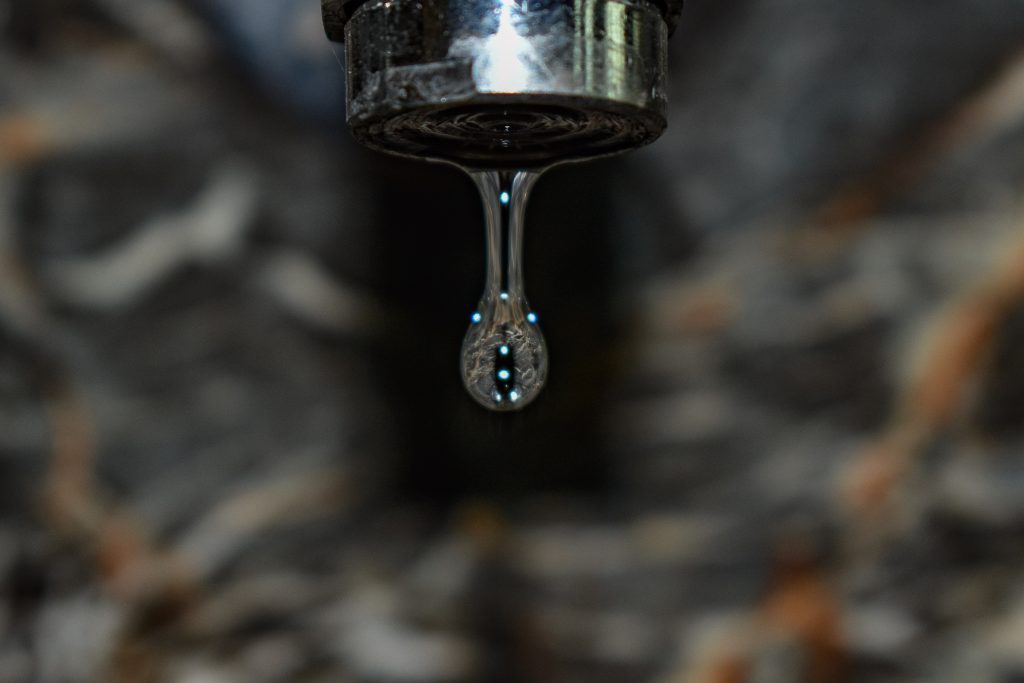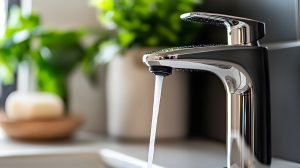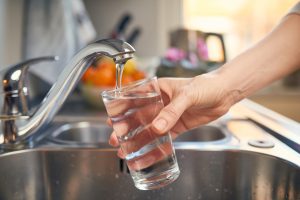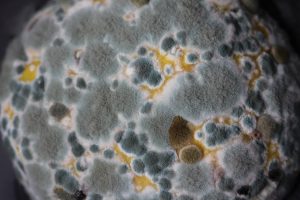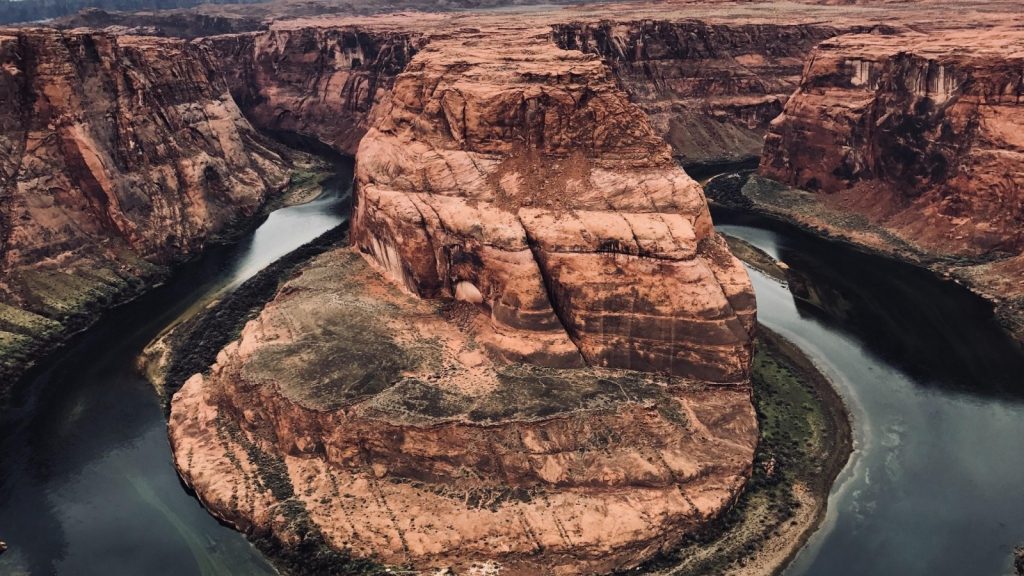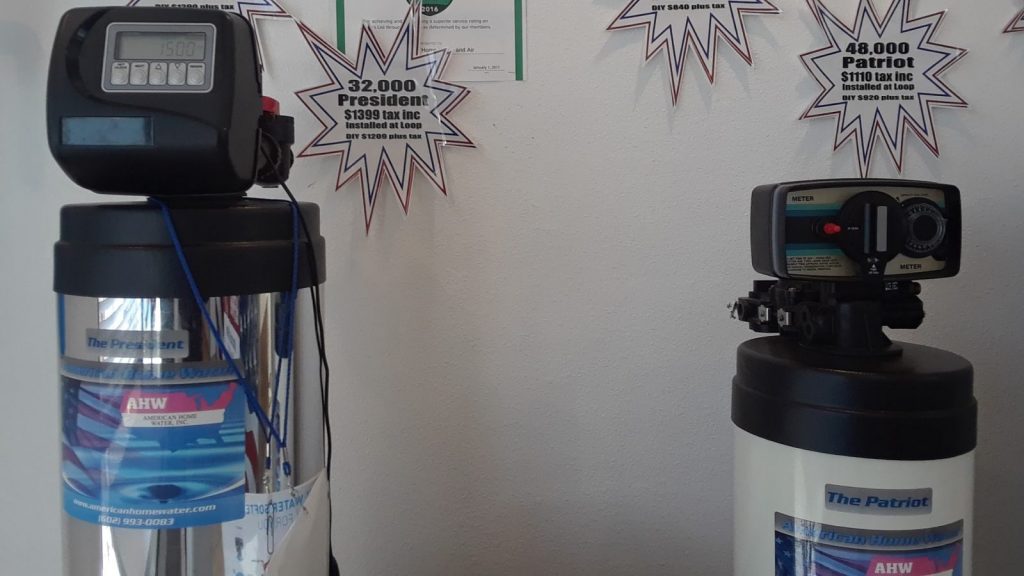Almost always, the water we consume in our homes comes from underground sources (rivers, streams, and aquifers). This means that this water flows or sits on rocks containing various minerals, elements, and other contaminants. Most of these elements dissolve in this water and may find their way to our taps.
While water purification gets rid of most of the harmful contaminants, it’s never 100% effective. Several minerals or metals, such as calcium and magnesium compounds (carbonates, sulfates, and bicarbonates), are not eliminated. Water containing such elements is known as hard water.
Hard water can cause various problems in your household if not addressed. For instance, it causes corrosion to your pipe, stains your fixtures, triggers skin problems, and makes it difficult for detergents to foam. But, that doesn’t have to worry you too much.
Here, we explore how to install a water softener in pre-plumbed houses to ensure your hard water problem is solved.
What is a Water Softener, and What Does it Do?
A water softener is a gadget installed in a home’s plumbing system to help treat hard water. Mainly, this mechanical system helps to remove minerals that go past the purification process, including calcium and magnesium. This turns the hard water into softened water ready for home consumption.
A water softener comes as a complete water filtration system that removes minerals from the water in a process known as ion exchange. First, the hard water from your water main enters a mineral tank, flowing through some circular plastic beads. The beads are polystyrene made, containing a sodium ion.
Since the beads are negatively charged (anions), they attract the magnesium and calcium elements, which are positively charged (cations). So, as the hard water (containing calcium and magnesium) passes through these resin beads, the minerals are attached to the beads, turning the water “soft.”
This means that the water coming out of the water softener’s mineral tank is free from the minerals making it hard. It has been softened and made suitable for any home use.
Problems Caused by Hard Water
In the absence of a water softener, hard water can wreak havoc on your home’s water system and fixtures. First of all, the minerals cause some scale build-up in your plumbing, clogs the pipes, and reduces water pressure. Even worse, the scale negatively affects your plumbing fixtures like faucets, sinks, dishwashers, and other water appliances, significantly reducing their lifespan.
Primarily, hard water damages hot water appliances. This is because hot hard water helps the minerals solidify, forming hard deposits inside the hot water appliances.
In the case of a water heater, the deposits start to crack and stretch as temperatures rise. This causes a popping sound, which only means that your water heater is on its way to destruction.
Hard water can also damage your skin and using detergents in your home might also become impossible. The minerals in the water prevent detergents from foaming, which makes laundry hard.
Ultimately, hard water will cost you dearly as you keep repairing your plumbing and installing new appliances and fixtures. Therefore, a water softener is undoubtedly a crucial device to install in your water system.
So, how easy is it to install a water softener in your house? Let us take a deeper look.
How to Install a Water Softener in Pre-Plumbed House
If hard water has been a significant challenge in your household, here is a guide on installing a water softener in pre-plumbed houses.
Requirements:
- Tape measure
- Flexible tubes
- Pipe cutters
- Copper fittings
- Pipe wrench
- Gate valves
- Tubing/copper pipe
- Teflon tape
- PVC solvent/flux
- Compression fittings
- Union fittings
- Torch and solder
With these items, you are now ready to do your installation. Let’s get into it:
Step 1: Shut Off the Main Water Supply Line
Before anything else, make sure that no water is flowing through your pipes. This will help prevent leakages in your plumbing or flooding your house. You should drain all the water by running the taps on the lowest parts of the house.
Step 2: Turn Off the Power to Your Electric Water Heater
For those with electric water heaters, always ensure that you turn it off from the main switch. Don’t continue with the installation without doing so.
Step 3: Identify the Installation Point for Your Water Softener
The location can be influenced by the type of water softener you want to install. If it’s a whole-house system, you should install it next to the entry point of your home’s primary water line. Typically, this is a point before the water goes to the heater, to ensure that only softened water goes into the heater.
Step 4: Cut the Main Water Line
Cut the main water line by fastening a pipe cutter on it and rotating. While doing so, ensure that you’ve placed a bucket beneath it to help collect any water that may trickle down from the pipe.
By cutting the main water pipe it gives you space to install the elbow fittings.
Step 5: Put Your Water Softener into Place
Bring in the water softener and ensure that it’s well located in the exact place you want to install it. Also, make sure that it sits on level ground.
Step 6: Installing the elbow fitting
Fixing the elbow fitting is easy and enables you to direct the water into the filter. Also, you can install a bypass valve, which allows water to pass the water softener without going through it.
Step 7: Measure, Cut, and Install the Pipes Leading to the Bypass
First, you need to measure the length of the pipes, enough reach to the bypass valve from the unit, and cut them. Then, connect compression fittings and nipples to improve the grip of these pipes to the water softener. Lastly, install the pipes, and ensure they fit well.
Step 8: Connect the Drain Hose
After connecting your pipes to the water softener and installing the bypass valve, you still need a drainpipe on the system. Connect a drainpipe around 2 inches from the system’s drain hole. This will ensure that no brine water is drawn back to the softener.
You can use the following drain options:
- Utility sink
- A floor drain
- Cleanout
Clamp the drainpipe to hold it into place, and to any of the above drain options.
Step 9: Attach an Overflow Tube
This is connected to the brine tank to deter overflow in the tank. Make sure you confirm the height and other placement conditions from the manufacturer’s instructions.
Also, ensure that you clamp the overflow tube and direct it to the drain. The pipe should always be above the drain hole.
Step 10: Start Using the Water Softener
Your system is now ready for use. But first, open the bypass valve and let the water flow through. Get rid of any debris or sediments.
Next, plug in the system to a power source, setting the valve into a backwash position. Gradually open the valve, slowly letting in the water to release any air trapped in those pipes.
Conclusion
Now that you know how to install a water softener in a pre-plumbed house, hard water should not bother you anymore. However, if you don’t understand this process entirely, always seek advice from a professional plumber.


